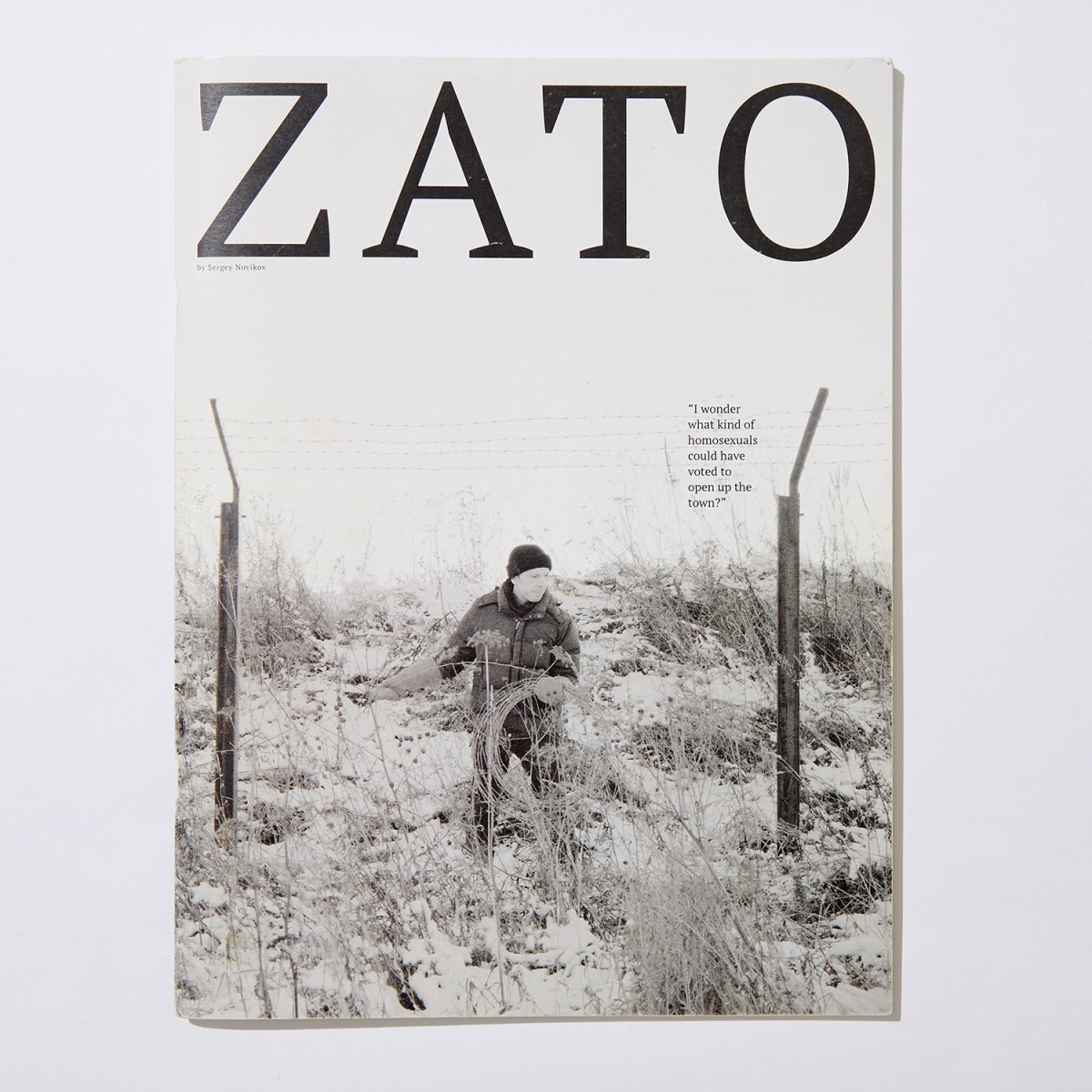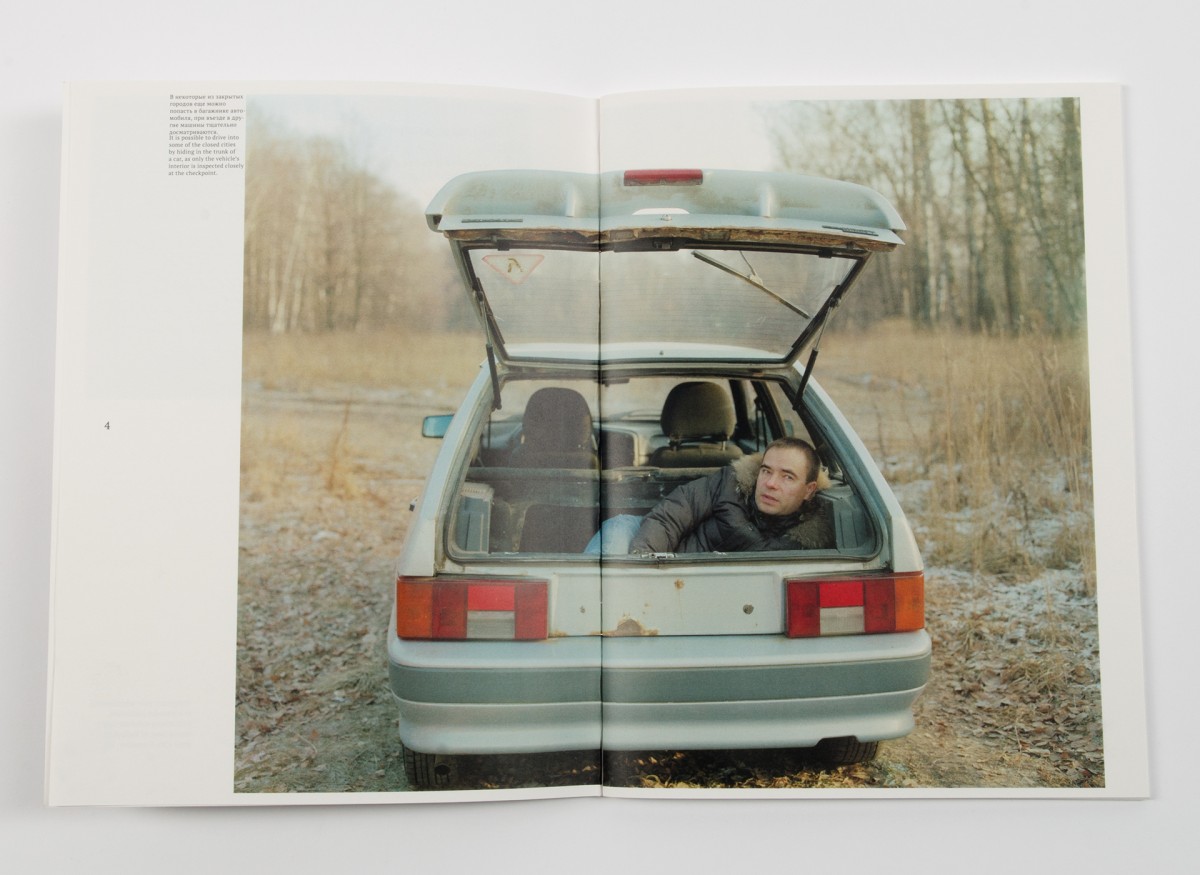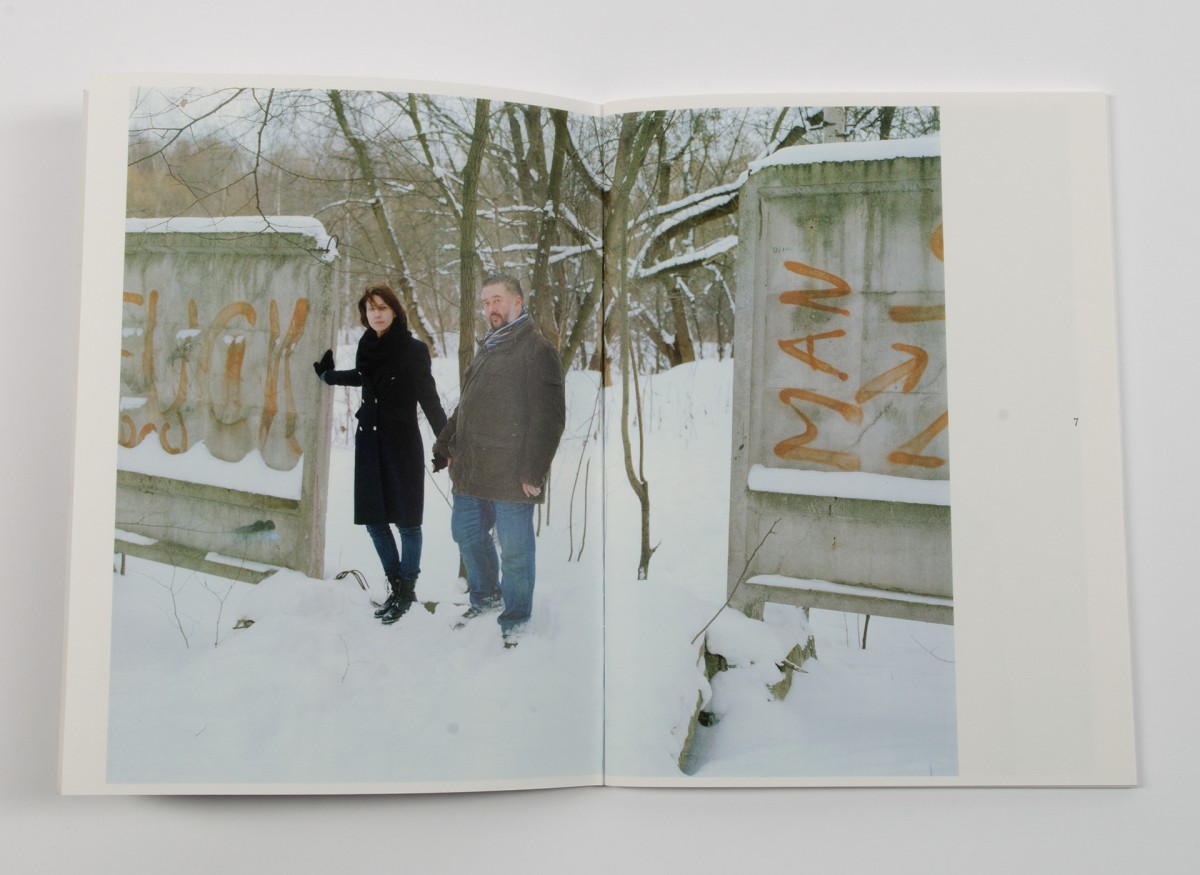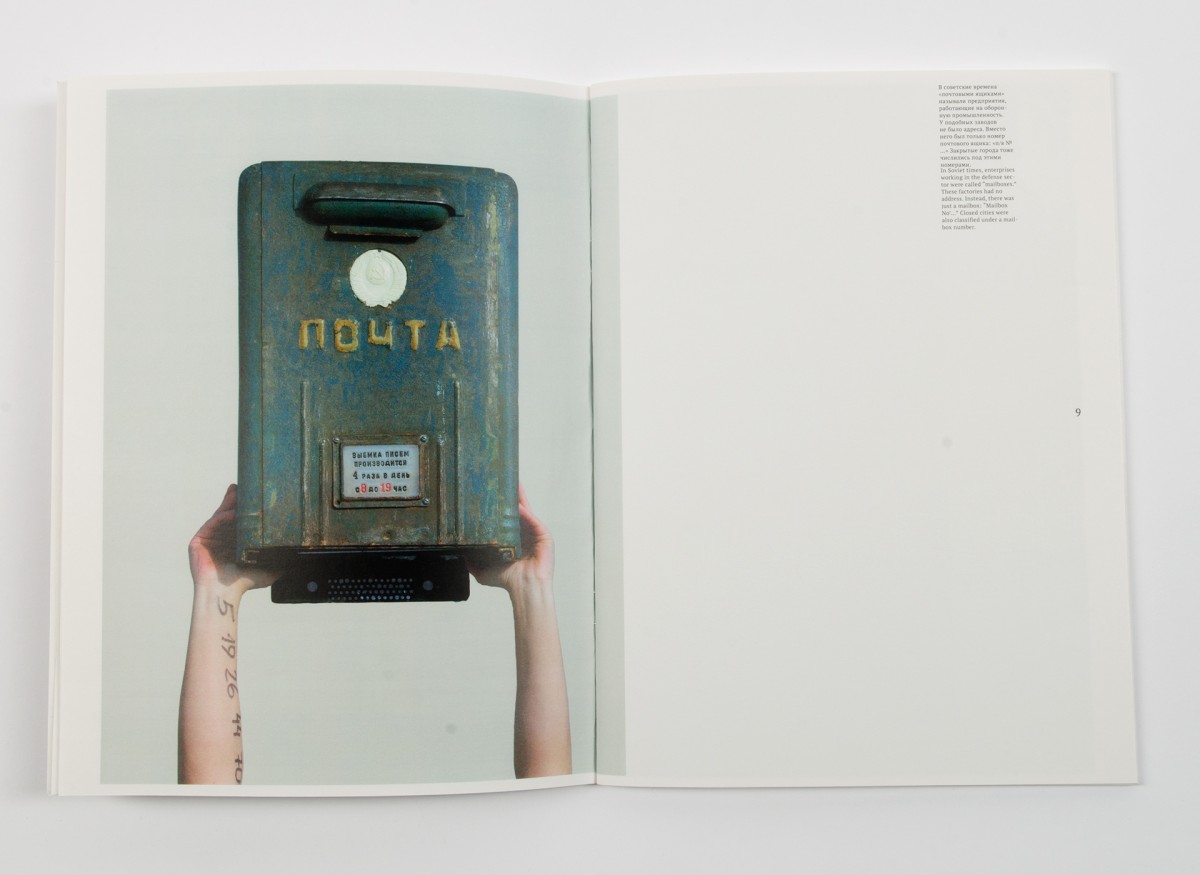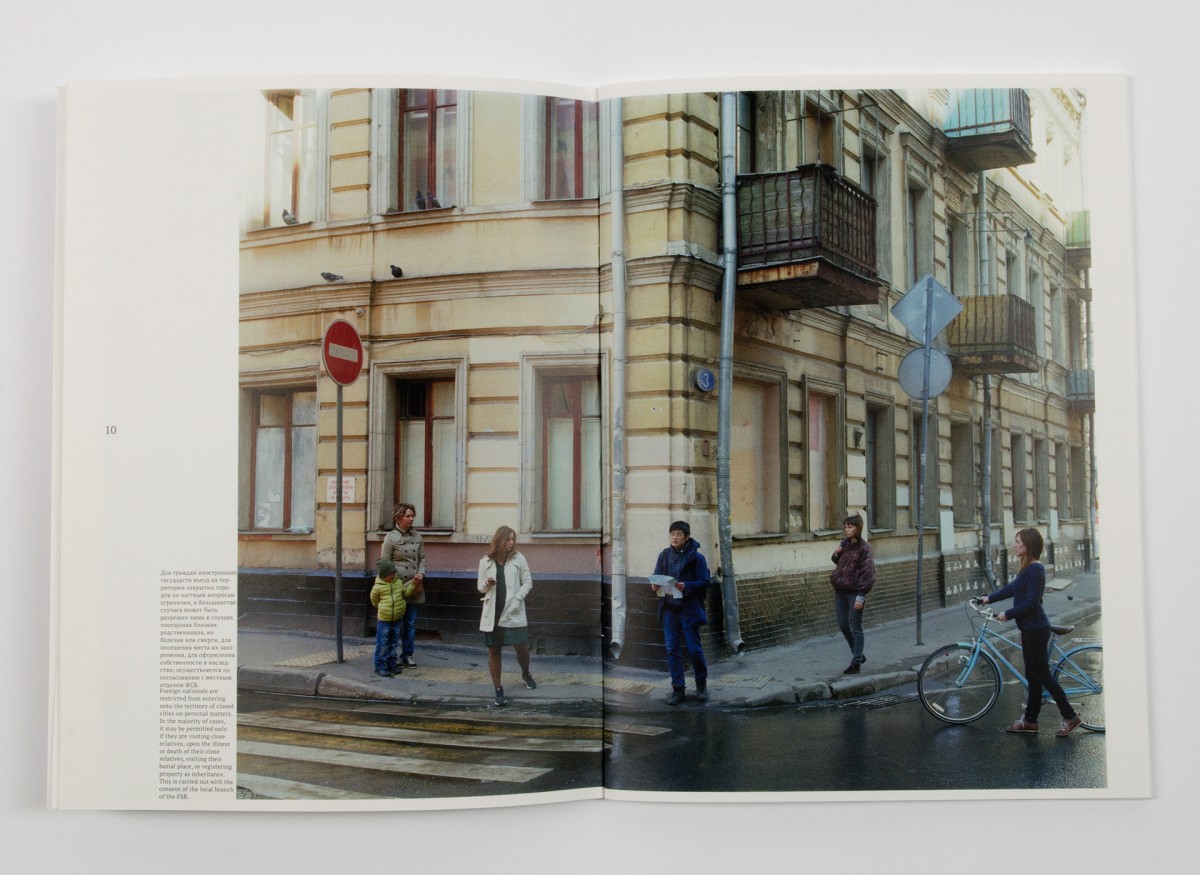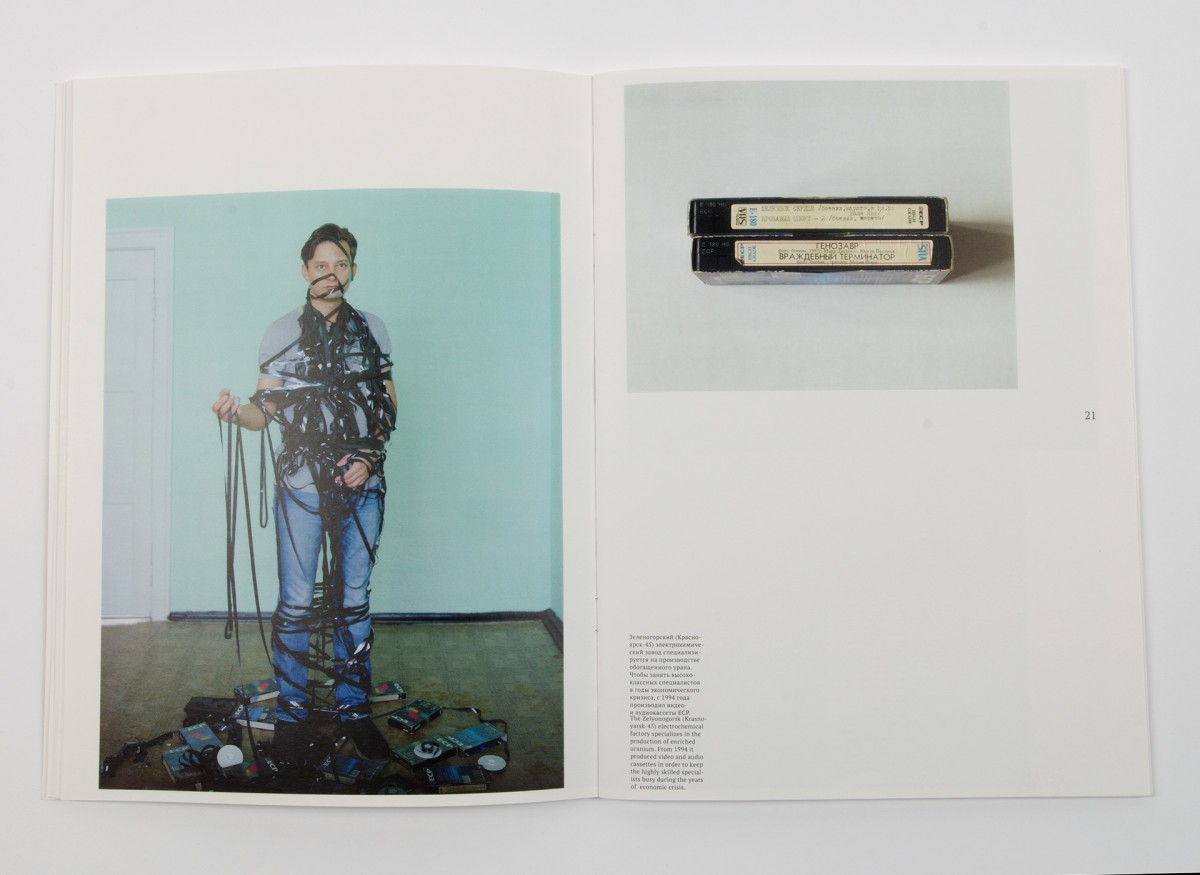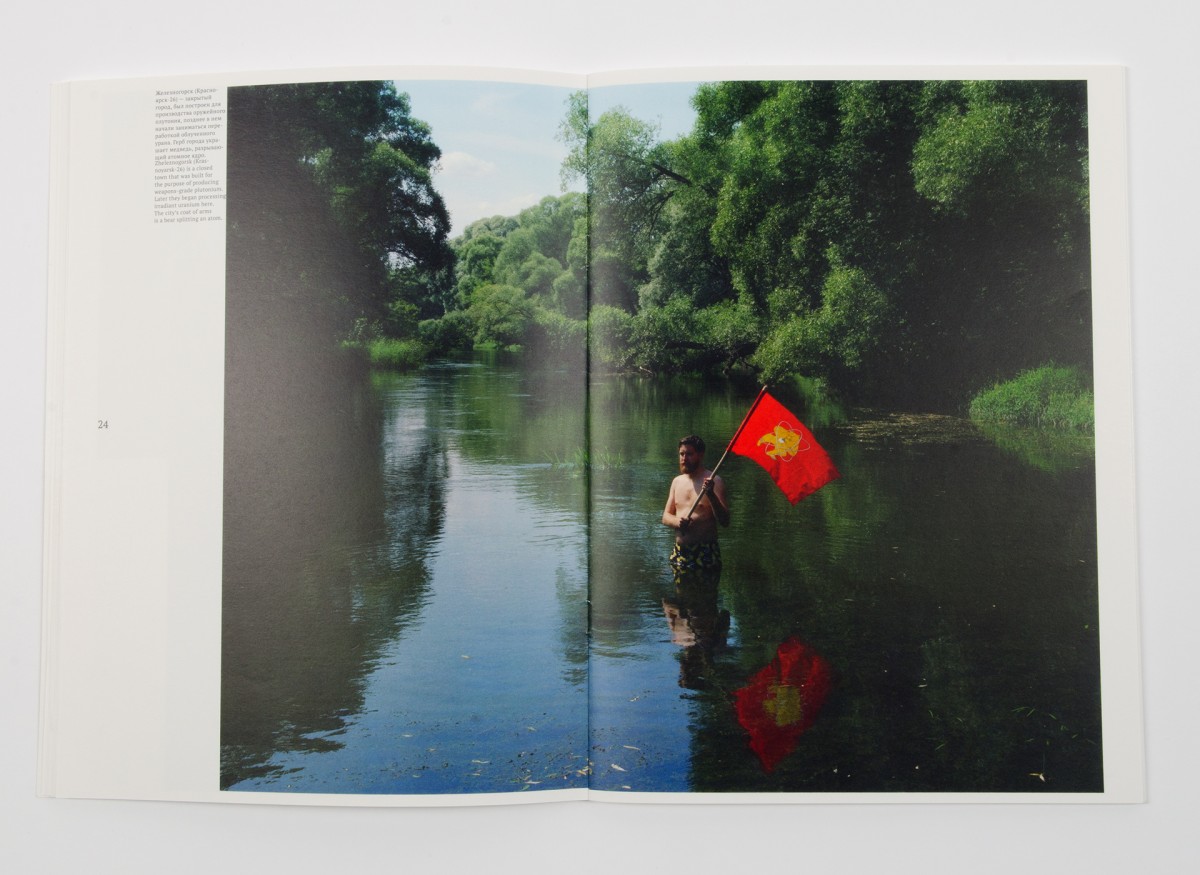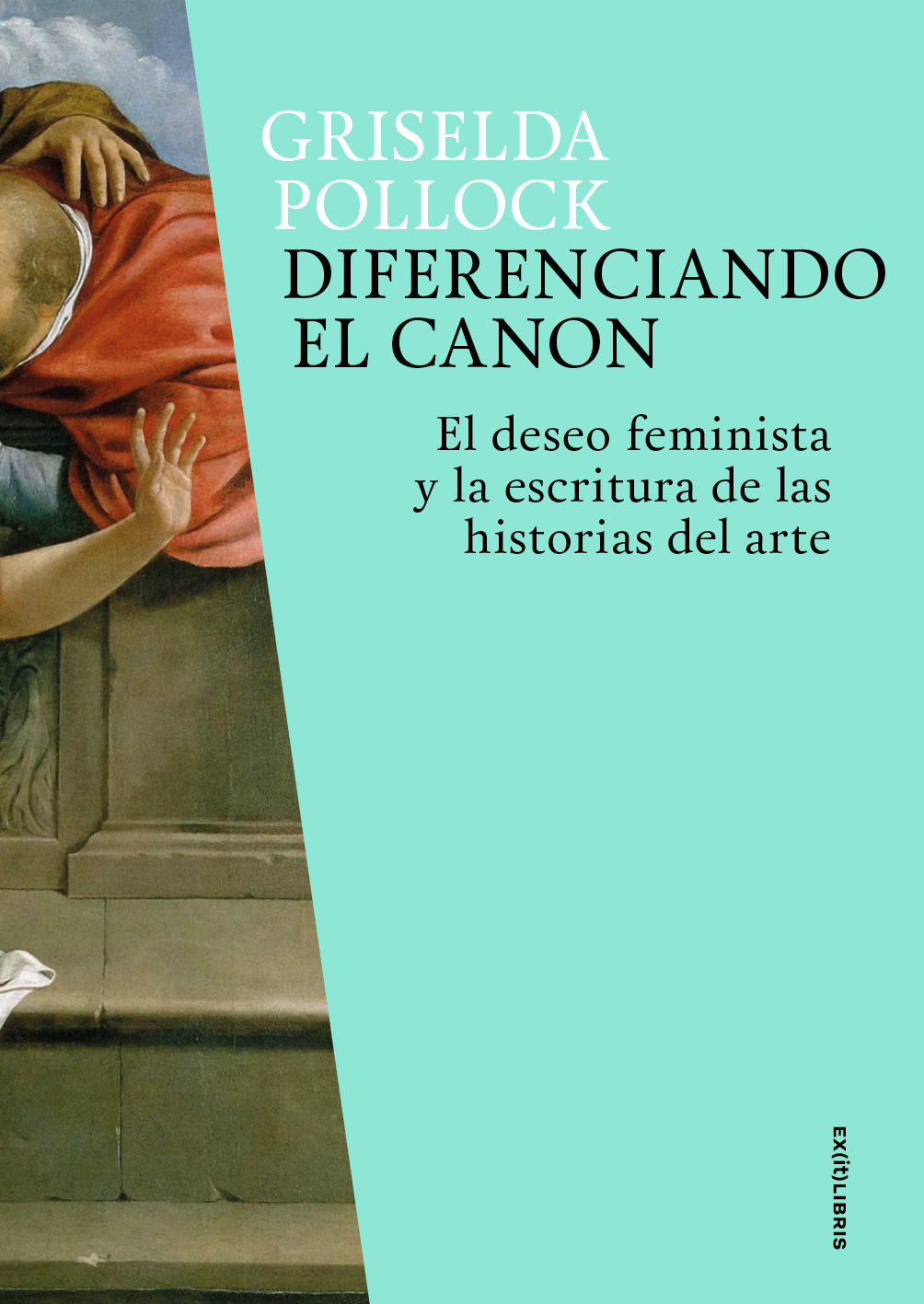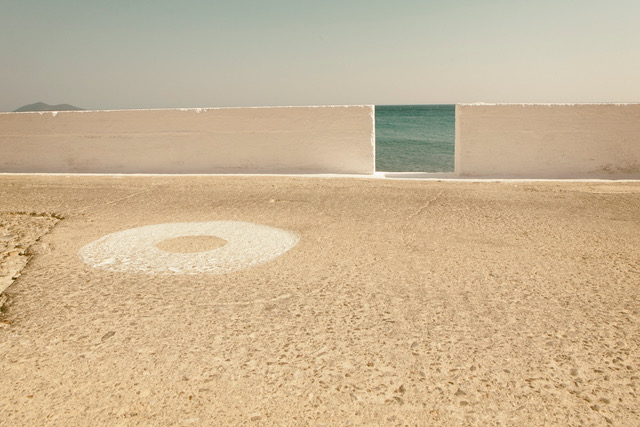ZATO
Sergey Novikov
Autopublicado
2019
Rusia
Moscow
Anastasia Shentseva
60
Shortlisted for:
Luma Rencontres Dummy Book Award Arles 2016
The Anamorphosis Prize 2016
Exhibited:
"Here I live", The State Hermitage museum, Saint Petersburg, 2018
"New spread", Photobookfest, The Lumiere Brothers Center for Photography, Moscow, 2017
INFOCUS exhibition of self-published photobooks, Phoenix Art Museum, USA, 2017
"Ground-zine. The book that doesn't exist", Ground Peschanaya gallery, Moscow, 2016
Les Rencontres d'Arles, Arles, 2016
DOCfield Dummy Award, Folio Club, Barcelona, 2016
Spanish National Library’s exhibition at PHotoEspaña, Madrid, 2016
"Photo Independent", Los Angeles, 2016
"Special issue. Photo book in Russia", Yekaterinburg, Russia, 2016
Confrontation with the West gave rise to a special type of territorial formation in the Soviet Union — closed cities (ZATO). They served the state’s science and defense needs as sites of nuclear weapons development or disposal , and as bases for the navy and missile forces. These cities did not appear on any maps, had encrypted names, and were called "mailboxes" – much like the secret manufacturing facilities located within these cities that had no specific address, but rather a mailbox number where all post was sent. The inhabitants of these cities were instructed not to refer to their place of residence, but rather to use name of the nearest major city.
There are 41 closed cities in modern-day Russia, which are home to 1.2 million people. To enter one of these cities you will need a pass, typically an invitation from a close relative who lives there. Polls carried out in these "mailbox" cities show that the majority of residents are still against radical changes in the territorial policy. They envisage crowds of homeless people, criminals, and a withdrawal of support from the federal budget as the most likely consequences of removing the protective barriers.
Project ZATO is a visualization of the memories of residents of closed cities and my own experience of visiting these places, inspired by discussions on web forums, announcements by municipal authorities, and publications on social media sites. The photographs are staged, and the project does not contain any photos that I took myself in the closed cities. The only exceptions are several images of municipal infrastructure that I commissioned from local photographers for the print edition of the project, in order to show how these cities look from the inside.








